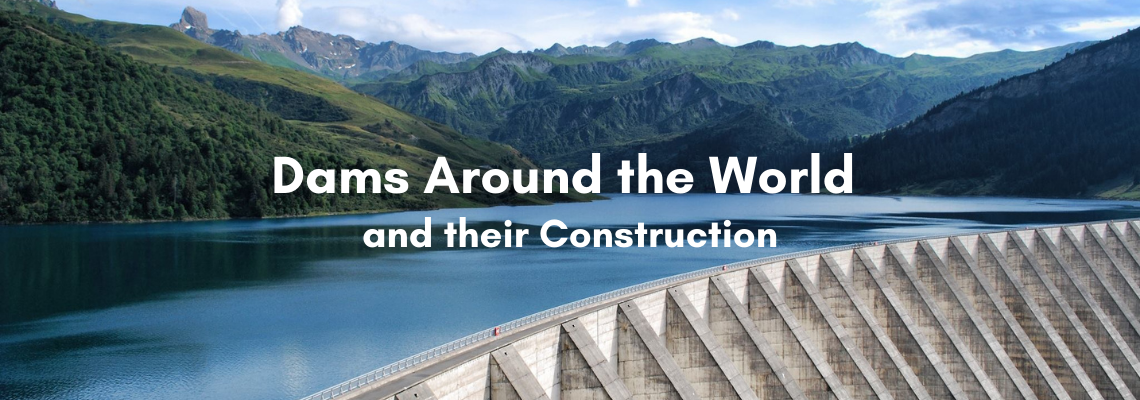Dams Around the World and their Construction

1. Hoover Dam – Nevada/Arizona, United States

Hoover Dam is a concrete arch-gravity dam.
Construction of the Hoover dam began 7th July 1930.
It took 5 years and 21000 men and cost over 100 lives to build the Hoover dam, one of the largest manmade structures in the world.
2. Three Gorges Dam – Hubei, China

The Three Gorges Dam is a hydroelectric gravity dam.
Construction of the Three Gorges dam began in 1994 and was completed in 2006
Construction of the dam caused the displacement of at least 1.3 million people and the destruction of natural features and countless rare architectural and archaeological sites. The dam’s reservoir is blamed for an increase in the number of landslides and earthquakes in the region. The dam allows the navigation of ocean-going freighters and generates hydroelectric power.
3.Vajont – Erto E Casso, Italy

The Vajont dam is one of the tallest dams in the world
Construction of the Vajont dam began in 1957 and was completed in 1960
On 9 October 1963, during the initial filling, a landslide caused a mega-tsunami in the lake in which 50 million cubic metres of water overtopped the dam in a wave of 250 metres which brought massive flooding and destruction to the Valley below, leading to the complete destruction of several villages and towns, and between 1,900 and 2,500 estimated deaths. The dam itself remained almost intact and two-thirds of the water was retained behind it.
Sources:
Wikipedia Hoover Dam
Britannica
Wikipedia Three Gorges
Wikipedia Vajont
To view more Articles, please visit our Leads 2 Business Blog.
If you are interested in becoming one of our subscribers, please visit Leads 2 Business.
To view notes with screenshots on how to use our website, please visit Leads 2 Business Wiki.






